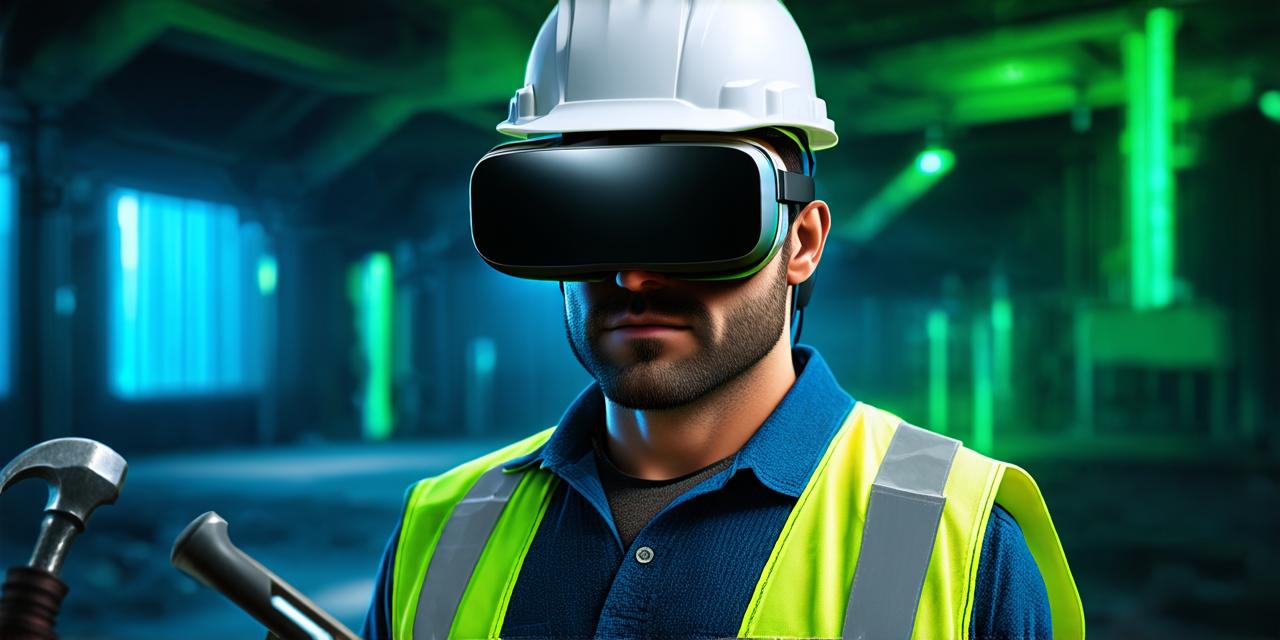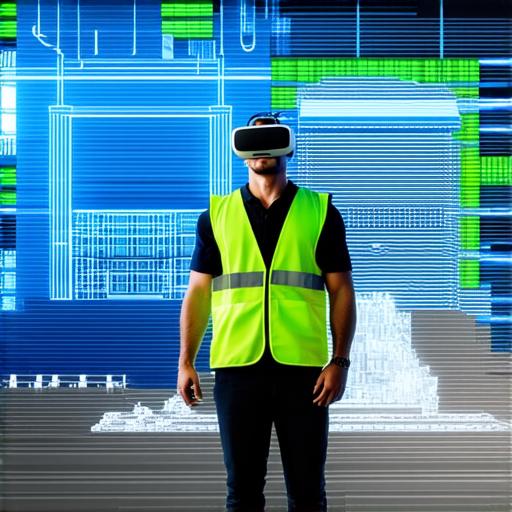
How can the construction industry utilize virtual reality?
Virtual reality (VR) technology has been used for decades in other industries such as gaming and entertainment, but only recently has it begun to gain traction in the construction industry. The primary reason for this is that VR allows architects and builders to experience their designs in a more immersive and interactive way, which can lead to better decision-making and improved efficiency.
One of the key benefits of using virtual reality in construction is that it allows architects and builders to visualize their designs in 3D. This can help them catch errors early on in the design process and make changes more easily. For example, a construction company in Singapore used VR technology to create a virtual model of a residential tower. They were able to test the design in a simulated environment and identify issues such as lack of natural light and poor ventilation. This saved them time and money by allowing them to make changes before construction began.
Another benefit of VR in construction is that it can help improve collaboration between team members. With VR, architects, builders, and other stakeholders can all view and interact with the same virtual model at the same time. This can lead to better communication and a more cohesive team. For example, a construction company in California used VR technology to collaborate on a new hospital. The architects and builders were able to work together in real-time, making changes to the design and getting feedback from each other.
Virtual reality can also help improve safety on construction sites. With VR, workers can experience a virtual version of the site before actually building it. This can help them identify potential hazards and develop strategies to avoid them. For example, a construction company in Australia used VR technology to create a virtual model of a bridge. They were able to test different scenarios, such as high winds or earthquakes, and identify potential safety risks.
In addition to these benefits, virtual reality can also help reduce costs in the construction industry. By allowing architects and builders to visualize their designs in 3D and test them in a simulated environment, they can catch errors early on and avoid costly mistakes later on. For example, a construction company in Canada used VR technology to create a virtual model of a shopping mall. They were able to identify issues such as poor drainage and structural weaknesses before construction began, saving them time and money.
Despite these benefits, there are still some challenges to implementing virtual reality in the construction industry. One challenge is the cost of VR technology. VR headsets and software can be expensive, which may limit their use to larger construction companies with more resources. Another challenge is the need for specialized training to use VR technology effectively. Without proper training, architects and builders may not be able to make the most out of VR technology.
Despite these challenges, the future of virtual reality in the construction industry looks promising. As VR technology continues to improve and become more affordable, it will likely become an increasingly important tool for architects and builders. With its ability to enhance collaboration, improve safety, and reduce costs, virtual reality has the potential to transform the construction industry in significant ways.
For example, a construction company in Texas used VR technology to create a virtual model of a new hospital. They were able to test different layout options and identify the best one for patient flow and safety. This saved them time and money by allowing them to make changes before construction began.

Another company in the UK used VR technology to create a virtual model of a skyscraper. The architects and builders were able to collaborate in real-time, making changes to the design and getting feedback from each other. This helped ensure that everyone was on the same page and working towards the same goals.
Overall, virtual reality is already having a positive impact on the construction industry, and its potential for further growth is immense. By utilizing VR technology, architects and builders can experience their designs in a more immersive and interactive way, which can lead to better decision-making and improved efficiency. As VR technology continues to evolve, it will likely become an increasingly important tool for the construction industry.


